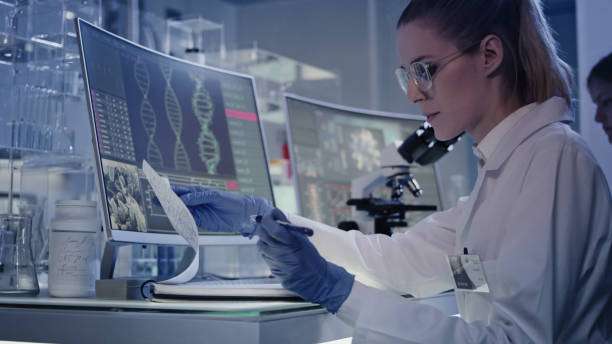Do we still need to continue genome sequencing??

“DNA is the fundamental biological unit of data storage. It comprises long sequences of base pairs (bps), each of which represents one of four values (A, T, C, or G), similar to the way binary digit (bit) data storage is used in computing. Different combinations of these base pairs encode the blueprints for constructing every molecular machine that life needs to function.
A genome is the complete set of DNA sequences in an organism and contains all of the instructions required for that organism to function, including embryo-genesis, growth, responding to the environment, and healing from disease. The Human Genome – the complete map of all 23 large DNA sequences (chromosomes) that encodes our species – comprises a total of around 3 billion base pairs contained within the nuclei of each of our cells.” According to Tony Blair Insititute for Global Change: https://institute.global/policy/what-genomic-sequencing-and-why-does-it-matter-future-health
What’s Genome Sequencing?
Genome sequencing is a tool that scientists use to understand or decipher the genetic code of a microorganism. It could be used in a DNA or RNA sequencing, a sequencing machine will layout the nucleotide sequence and we will get a particular genitive code of that organism, it’s a relatively new method, and it’s mostly used in tracking food-borne diseases. Suppose you have a cluster of food-borne diseases to find out the cause and origin, and the contaminant, the genome sequencing could help us, similarly, in a pandemic outbreak, this comes as a super reliable tool. Another important advantage of Genome Sequencing is that you could track it, to find out where it has come from. We all know the story of the Ebola disease to mention as an example. Ebola is a zoonotic disease that emerged near the Ebola River in what is now the Democratic Republic of Congo. And it went up to two and half years. It is believed that Ebola was transmitted from Bats, and it was already circulating in the human community.
Presently scientists and researchers are using Genome sequencing to understand and track Monkey pox, as it has become the new Epidemic of the human race. All of these show how genome sequencing has become an inevitable tool in public health kits in order to quickly take action.
What’s the trend that we are seeing in genome sequencing?
We have been tracking viruses in this pandemic era, the virus has been changing and mutating from the beginning, and the good part is, we have been able to understand which of those changes are raising concern to us, and then we call it a variant of concern, when it becomes more transmissible, which means more and more people will be affected, or it may change it to a variant that results in severe disease, catastrophically affecting the immunity of that person. The variants in SARS Covid 19 are Alpha, Beta, Gamma, Delta, and Omicron. Since scientists’ communities are meticulously monitoring the virus and its Genetic Sequencing, we have been able to locate its change, and origin and take appropriate actions.
Why is it important to continue the sequencing at this time?
We have actually seen during the Covid pandemic, how critical genome sequencing has been, in fact, with the early identification of variants, and the ability to correlate the variants with their unique characteristics, we were able to track its spread around the world. So at this time when the virus is updating and upgrading itself, we should also keep track of it and continue sequencing and monitoring the virus, so that we could predict before the disease outburst occurs or to find out whether the vaccines are still effective or not. But unfortunately, the trend is declining the community has decreased the testing, and we are blindfolded ignoring the chance of a revival of the diseases.
Conclusion-
The good news is that where we had only one-third of the countries who were capable of doing genome sequencing, now we have come so far to having two-thirds of the countries who have this facility, and it’s growing. So we have seen a huge expansion over the little course of time. But it’s also important to raise awareness among health communities, training people in data analysis and bioinformatics, we should not forget that there are numerous viruses outside that scientists have not discovered yet, so the process must continue without any hurdle.

All Rights Reserved to Aavvie
AAMI standards require a surgical gown to pass ASTM International F1671 in the critical zones in order to be labeled an AAMI level 4 surgical gown. What areas are included in the critical zone? There are typically four different areas that must pass within the critical zones, including two in the front chest and two on the sleeves. If a product passes ASTM InternationalF1671 in all applicable areas, then it qualifies as an AAMI level 4 surgical gown.